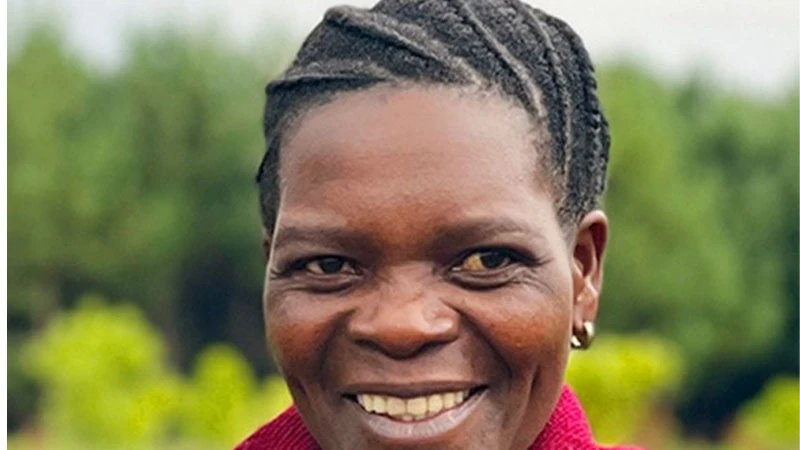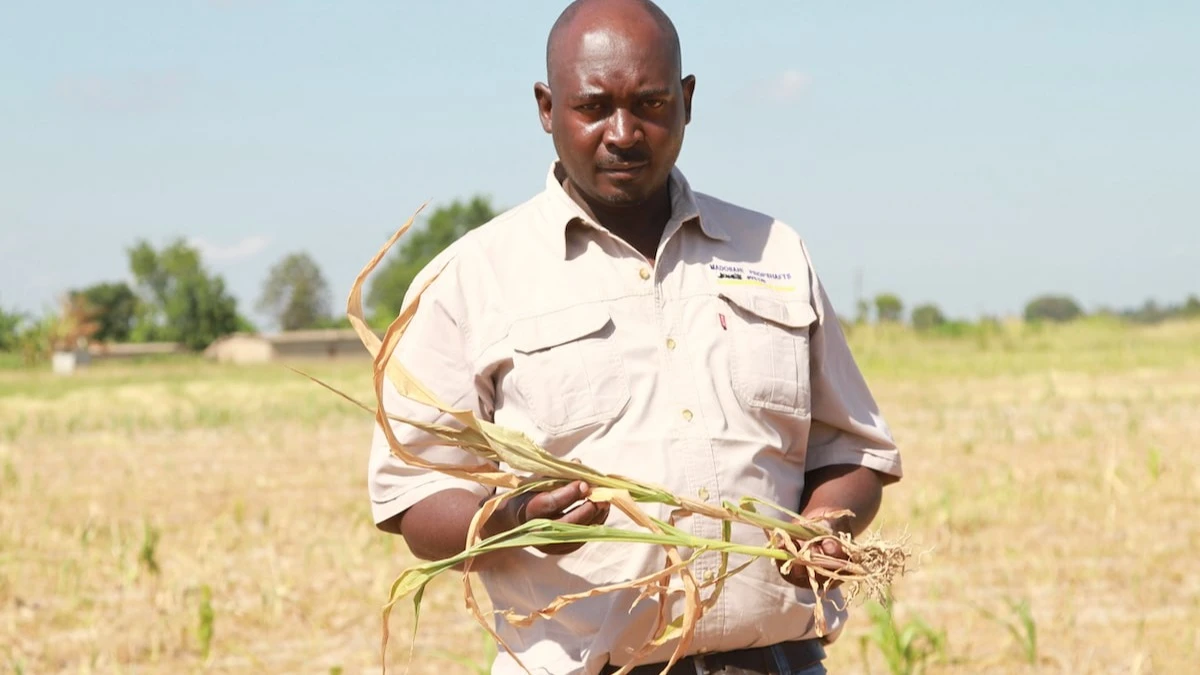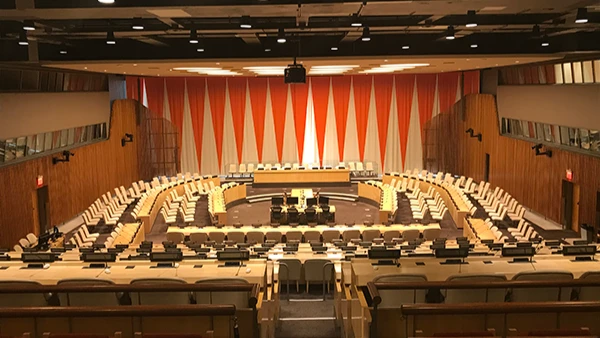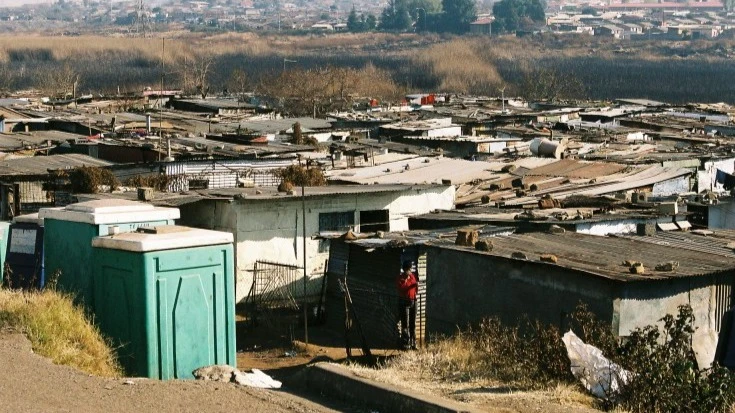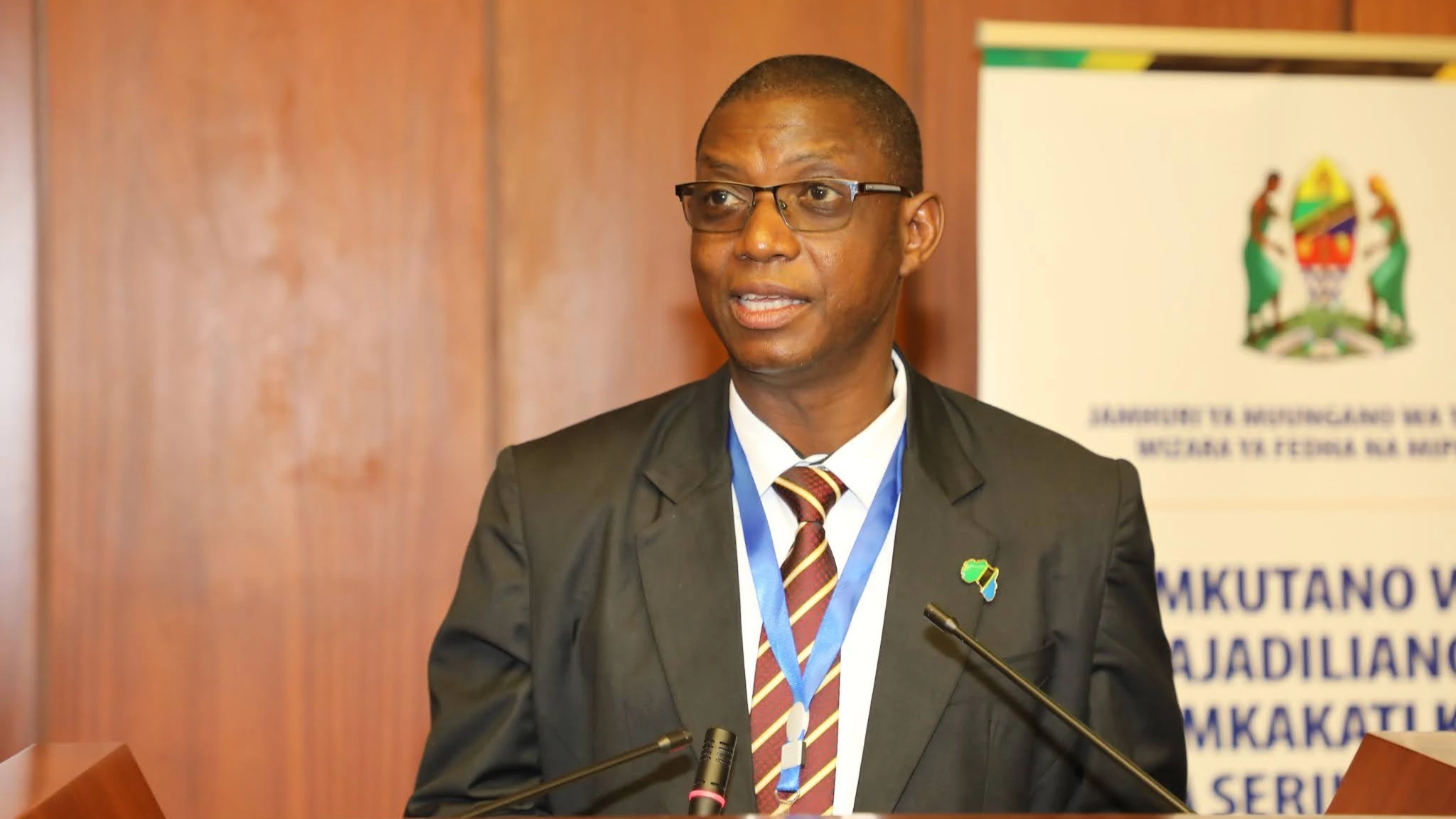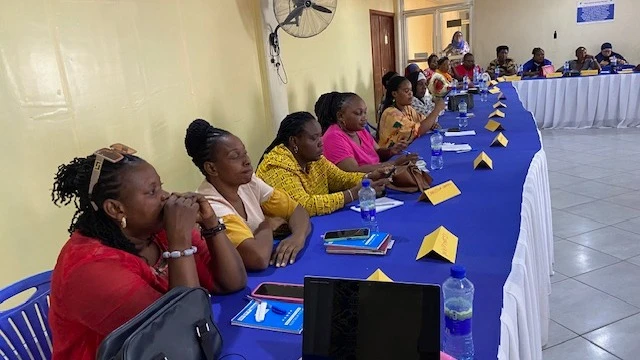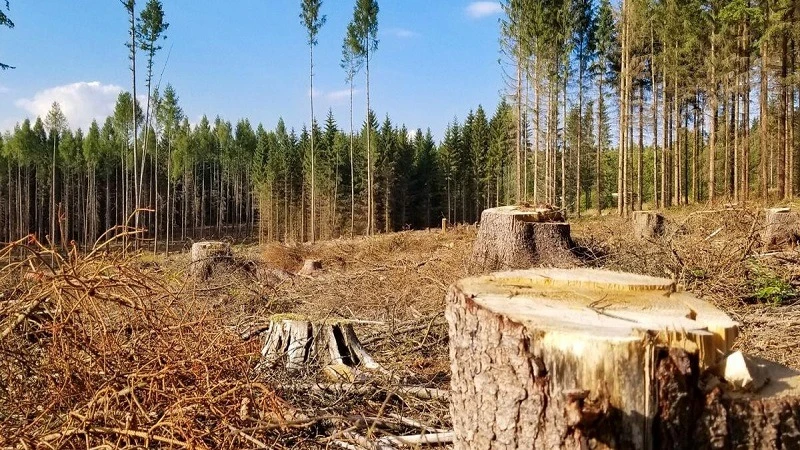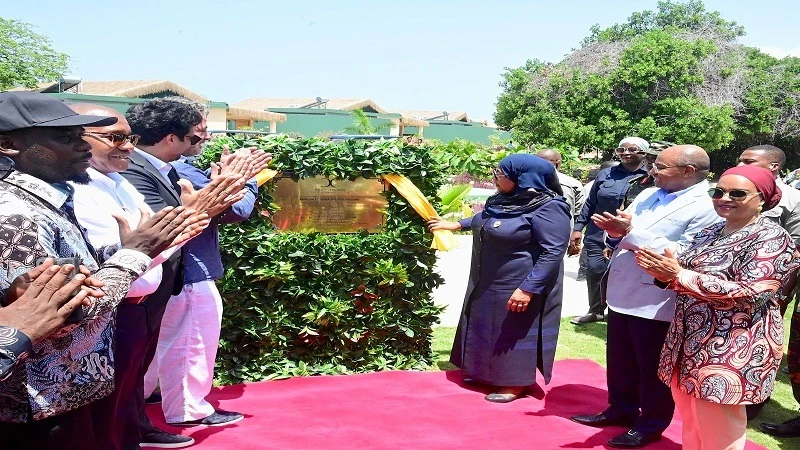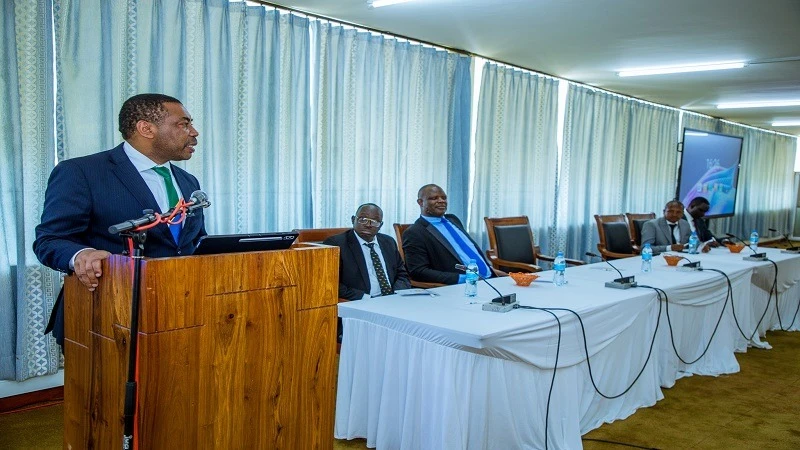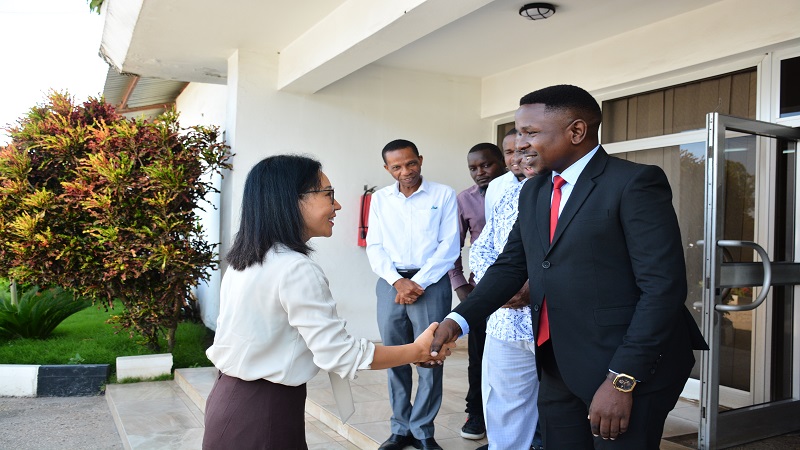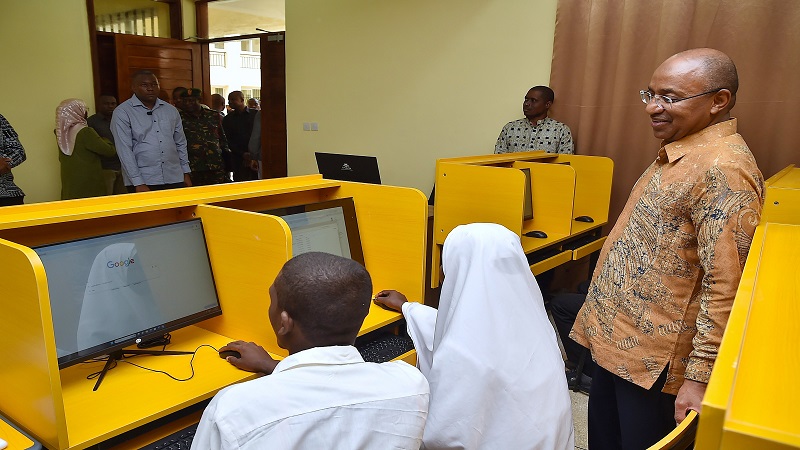Tanzania’s disaster preparedness: a nation on edge
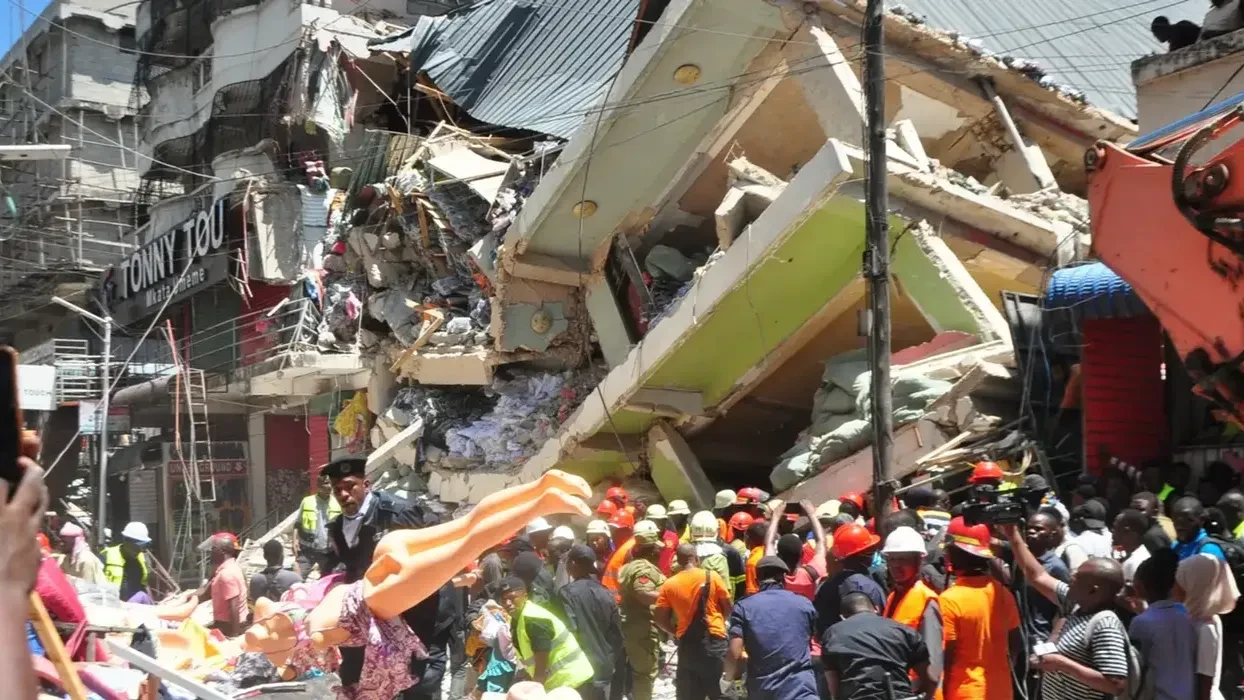
AS the dust settled over Kariakoo’s bustling streets, Halima Abdallah’s voice trembled from beneath the rubble of a collapsed four-story building. “Help me, please! I don’t get air,” she gasped, trapped. For hours, rescue workers scrambled to locate her, relying on makeshift tools borrowed from a private company. By the time they reached her, it was too late. Abdallah had died.
Moments before the building’s collapse, Husna Faime, a single mother, was finishing a client’s order in her tailoring shop. Minutes later, disaster struck.
“I felt the ground shaking, and before I knew it, everything was falling,” Faime recalled from her hospital bed a week later. Trapped under the rubble, she sent her sister a haunting text: “If I don’t make it, please take care of Aisha. Tell her mom loves her.”
Local volunteers dug through the debris with their bare hands, rescuing Faime hours later. Her survival was miraculous, but it revealed a grim reality: disasters, both natural and man-made, are a recurring threat in Tanzania, where communities remain unprepared.
Home to more than 60 million people, Tanzania faces numerous risks: floods, droughts, cyclones, and earthquakes. Adding to these are man-made disasters like road accidents, industrial mishaps, and building collapses. For the 34 percent of Tanzanians living in poverty, the cost of recovery is overwhelming.
In Kariakoo, a hub of markets and skyscrapers, hidden dangers lurk. Corruption and substandard construction have turned many buildings into death traps. Investigations show that dishonest developers and corrupt officials routinely use cheap materials, cutting corners on safety regulations and bypassing inspections.
At least five major building collapses have been reported in Dar es Salaam in the last decade, claiming many lives. Kariakoo, in particular, has become a hotspot for such tragedies. Experts warn that many buildings in the area remain structurally unsound, posing constant risks.
Tanzania’s vulnerability is compounded by inadequate disaster preparedness and infrastructure. Rapid urbanization, informal settlements, and poor drainage systems leave communities exposed to climate-related disasters.
“Our cities aren’t designed to absorb the shocks of natural disasters,” said Pius Yanda, a climate change adaptation specialist at the University of Dar es Salaam. Informal settlements are particularly vulnerable, with little infrastructure to handle flooding or other hazards.
Man-made disasters are equally concerning. Weak enforcement of building codes makes collapses tragically common. “The warning signs are always there,” said Peter Kazimoto, a disaster risk reduction expert at the Tanzania Red Cross. “Developers prioritize cutting costs over safety, and enforcement is weak.”
In rural areas like Morogoro, floods destroyed Ahmed Selemani’s maize crop, his only source of income. “We heard warnings on the radio, but no one came to evacuate us,” he said. “Now we have nothing.”
Although Tanzania has a disaster response framework, the Tanzania Emergency Preparedness and Response Plan (TEPRP), its implementation is inadequate. Agencies like the Disaster Management Department (DMD) operate with limited resources, meeting only 35 percent of their funding needs in 2023.
“We’ve made some progress with early warning systems,” said Jim Yonazi, an official in the Prime Minister’s Office, “but we need more resources to mitigate risks effectively.”
In the absence of strong government intervention, many Tanzanians have taken matters into their own hands. In Tandale, a sprawling slum in Dar es Salaam, residents like John Mnyamasi have built rudimentary flood defenses using sandbags and canals. “We can’t wait for the government,” Mnyamasi said.
During building collapses, local volunteers are often the first responders. Emmanuel Joseph, a Kariakoo resident, recounted rescuing 12 people from rubble. “When you hear someone crying for help, you just act—even if it means risking your own life,” he said.
Experts stress the importance of disaster risk reduction to safeguard Tanzanians. “Disaster risk reduction isn’t just about reacting to emergencies—it’s about prevention,” said James Mbatia, a former legislator and disaster risk specialist.
Investments in early warning systems, stronger infrastructure, and public awareness are critical. Neighboring Kenya, for instance, uses mobile apps to provide real-time weather updates, enabling faster evacuations. “Empowering communities with tools and knowledge can save lives,” Mbatia said.
Critics argue that the Tanzanian government must take greater responsibility for disaster management failures. “It’s like watching a fire spread while holding a bucket of water you never use,” Mbatia said, pointing to predictable disasters like annual floods in low-lying regions.
Gordian Kazaura, an urban planning specialist at Ardhi University, highlighted the human cost. “The poorest suffer the most. They lack the resources to recover, and the government’s response often comes too late,” he said.
Despite the challenges, there is growing momentum for change. Organizations like the Tanzania Red Cross are training volunteers and advocating for better early warning systems. Workshops are equipping local authorities with emergency planning skills.
“Disasters are local by nature,” said Kazimoto. “Empowering communities and regional committees to act swiftly, without waiting for central government instructions, is critical.”
For survivors like Faime, recovery remains uncertain, but hope persists. “We need help, but we also need change,” she said. “People like me can’t keep starting over.”
Halima Abdallah’s final plea must serve as a wake-up call. Tanzania must transition from reactive responses to proactive resilience, ensuring that no cry for help goes unanswered. The time for action is now—before the next disaster strikes.
Top Headlines
© 2025 IPPMEDIA.COM. ALL RIGHTS RESERVED


